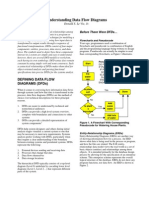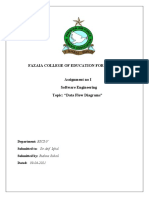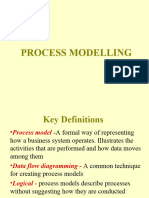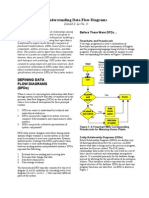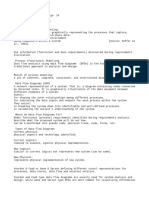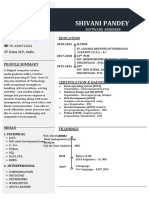0% found this document useful (0 votes)
20 views6 pagesData Flow Diagram
A Data Flow Diagram (DFD) visually represents the flow of information through a system, aiding in understanding processes and identifying improvements. There are two types of DFDs: logical, which shows theoretical processes, and physical, which illustrates practical implementations. DFDs enhance accessibility, clarity, and productivity by simplifying complex concepts and providing insights into business operations.
Uploaded by
kennyfotsofredCopyright
© © All Rights Reserved
We take content rights seriously. If you suspect this is your content, claim it here.
Available Formats
Download as PDF, TXT or read online on Scribd
0% found this document useful (0 votes)
20 views6 pagesData Flow Diagram
A Data Flow Diagram (DFD) visually represents the flow of information through a system, aiding in understanding processes and identifying improvements. There are two types of DFDs: logical, which shows theoretical processes, and physical, which illustrates practical implementations. DFDs enhance accessibility, clarity, and productivity by simplifying complex concepts and providing insights into business operations.
Uploaded by
kennyfotsofredCopyright
© © All Rights Reserved
We take content rights seriously. If you suspect this is your content, claim it here.
Available Formats
Download as PDF, TXT or read online on Scribd
/ 6





